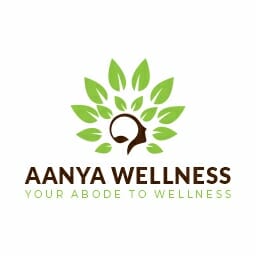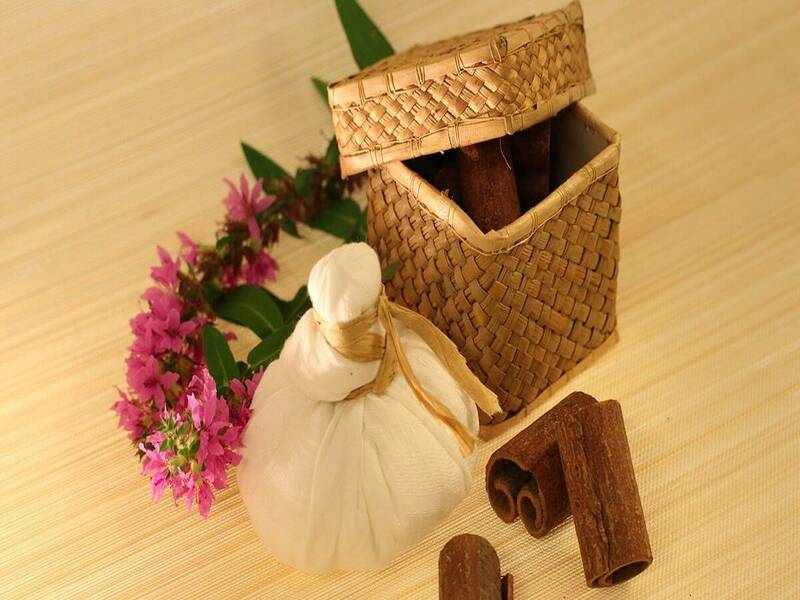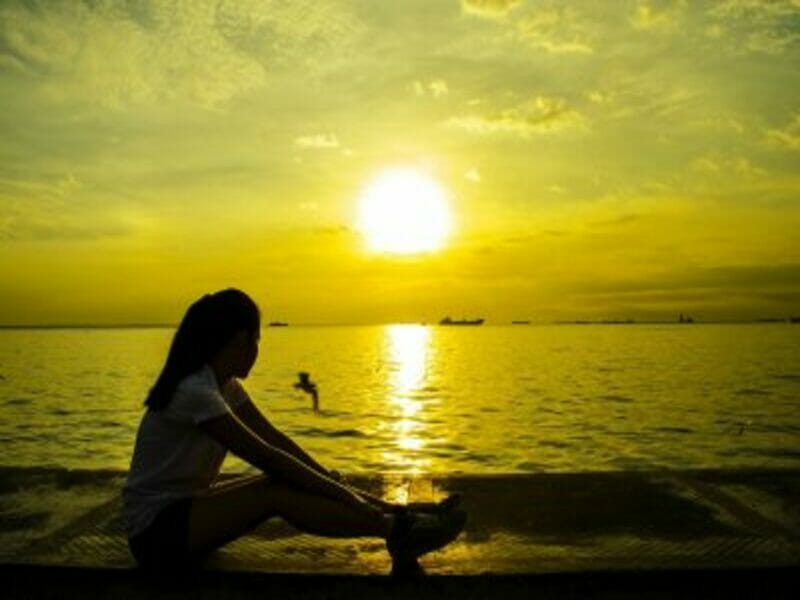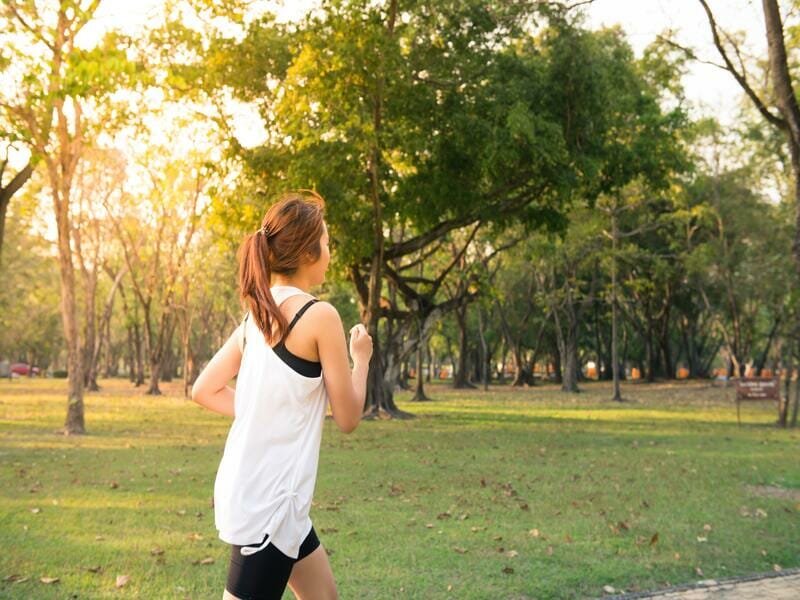Ayurveda is an ancient medicinal system which works to harmonize our internal and external worlds. Undoubtedly our ancient acharyas have provided us with valuable knowledge of Ayurveda that can be used as a preventive healthcare system to live a healthy life. For decades, all bona fide Ayurveda doctors have been following this ancient wisdom to treat serious health issues. Furthermore, there are many treatment options available in Ayurveda. The Ayurvedic treatment options include yoga, acupuncture, herbal medicine, panchakarma treatments, and dietary changes.
Without a doubt, Ayurveda has solutions for various medical conditions such as cancer, anorectal issues, stress, lifestyle problems, rheumatism, respiratory problems, and many others. This system of medicine is really unique as it only uses natural ingredients. Therefore, it is totally harmless and highly curative at the same time.
The goal of the Ayurvedic treatment is to promote good health by cleansing and detoxifying the body. It works on the principle of preventive healthcare. The cleansing process named “Panchakarma” is designed to help you get rid of various health problems. Besides, balancing your doshas, it also restores your energy and keeps your immune system strong.
So, what exactly is Panchakarma?
Panchakarma is the process of detoxification of the body, mind and soul. It is also known for its promising effects on overall health, wellness and self-healing.
Balance in the mind-body system requires:
- The digestive fire (Agni) in a balanced condition
- The three Doshas (energetic qualities) — Vata, Pitta and Kapha — in equilibrium according to the individual constitution
- Waste products (Malas) are produced and eliminated normally
- Mind, senses and consciousness are working harmoniously together
The first goal of Ayurveda is to maintain the health and balance of the body.
The main objective of the Panchakarma treatments is to alleviate the “toxins” from the body. Toxins are the substances that get accumulated in the body and have a negative impact on our health. In addition to this, Ayurveda suggests Panchakarma treatments purifies the body and bring all the Mahabhutas, doshas and Dhatus in equilibrium using its preventive healthcare mechanism.
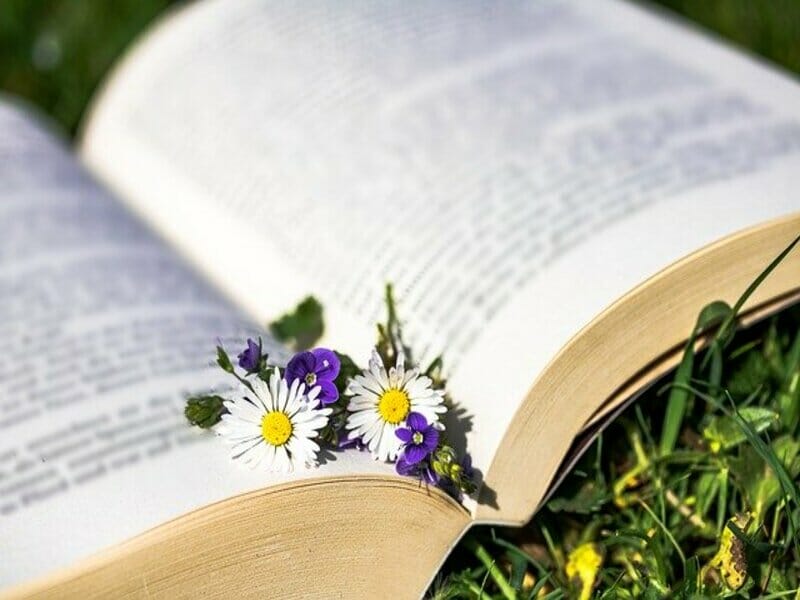
Panchakarma Steps:
The process of Panchakarma consists of the following three steps:
- Purva Karma (Pre-procedure)It is the first therapy that prepares the body for the detoxifying and cleansing treatment. It consists of ingestion of medicated or herbal oils, massage therapy, and hot baths or steam baths to induce sweating.
- Pradhan Karma (Main Procedure)
This process helps to expel the vitiated doshas. It is the main procedure of Panchakarma therapy. The dislodged material may consist of undigested food, Kapha, and Pitta. - Paschat Karma/Vasti Karma (Post-procedure)It is the concluding process of Panchakarma. It refers to the set of rules that are followed by the patient post-treatment.
Purva Karma
It should be noted that this is the first therapy which prepares the body for Panchakarma treatments. It mainly consists of 2 procedures:
Snehan:
This can be done in two ways:
Internal Snehan:
In this type of Snehan, medicated clarified butter or medicated edible oil is given to the patient. Furthermore the dose is prescribed by the Ayurvedic therapist. It works as a lubricant to the body system. Snehan mobilizes unwanted stuff lodged in the body.
External Snehan:
This comprises all kinds of partial and total body massage. Medicated clarified butter or medicated oil is applied to the skin. Also this type of Snehan is beneficial for skin problems, for the elimination of body waste, for prolonged bedridden conditions, to name a few.
Swedan:
Swedan particularly refers to dry or wet fomentation. It is also known as heat therapy. Different types of therapies are involved in this procedure. Some of them are taking a sunbath, sitting in a specially prepared wooden sweatbox, pouring warm water on the body, Sitz’s bath, or taking a steam bath.
Snehan and Swedan, both being part of the preventive healthcare mechanism help in liquefying the accumulated toxins, in cooling the irritated doshas. Moreover, it is also used in opening the blocked body channels and in lubricating the passages of mala (waste products).
Pradhan karma
It is the main detoxification procedure through which toxins are kicked out of the human body. On the basis of the nature of the disease, it includes the following 5 procedures:
Vamana Karma / Emesis
- In this process, toxins are removed by inducing controlled vomiting.
- The patient is first asked to drink warm milk, liquorice tea, sugar water or buttermilk and then an emetic is administered to induce vomiting.
- Vamana purges excess mucus from the body, purifies the body fluids. After the complete process of emesis, the patient is kept on a customised diet for the next 7 to 14 days
- This procedure is generally carried out for Kapha dominated conditions like Asthma, Acid Peptic Disorders, Skin Disorders, Allergy, Psoriasis.
- It also helps in getting rid of Thyroid Disorders, Obesity, Migraine, Infertility, Lifestyle Disorders, Chronic sinusitis & Respiratory problems.
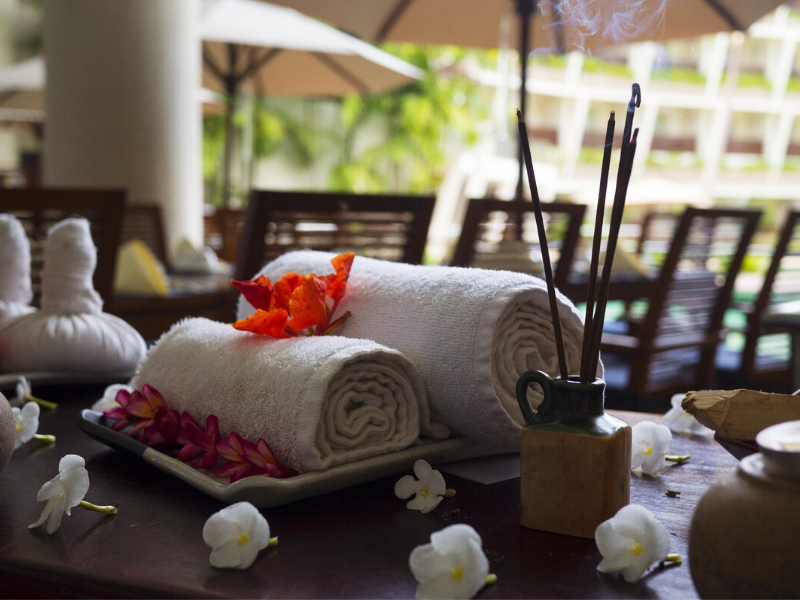
Virechana / Purgation
- It is the controlled process of removing the vitiated doshas through faeces.
- Bowel movements are induced by herbal or drug laxative. Virechana helps in the treatment of the blood-related diseases, rejuvenates the tissues and organs of the abdomen, improves skin condition and increases immunity.
- This procedure is generally carried out for Pitta dominating diseases & conditions.
Basti / Vasti / Medicated enema
- Basti is used to cure diseases that are Vata predominant such as Arthritis, Paralysis, Hemiplegia, Numbness, gastric complaints associated with Rheumatism and constant constipation.
- The liquid used for the Basti in particular is either water-based (Niruha and Asthapan Bastsis) or oil-based (Anuvasana and Sneha Bastis). It can also include herbs, salts, wines, yoghurt, and honey.
- Enemas are applied to the rectum, vagina, urethra, or to the cavity of a wound. Basti serves to lubricate the system and alleviate dryness caused by an excess of Vata (air).
Nasya / Nasal medication
- It involves the cleansing of the nasal passage by the administration of medicated oils/ghee/powders/plant juices, in both nostrils.
- Nasya also helps to cure diseases located above the sternum like Headaches, Paralysis, Mental disorders, and some types of Skin Diseases. It can prevent diseases of the ear, nose, throat, and head, as well as strengthen hair and improve mental functions.
- During the administration of liquids, the head is tilted back and the liquid is put into the nostrils. The powders and pastes are applied by hand or with a special apparatus. While the smoke is inhaled.
Raktamokshana / Bloodletting
- It must be performed by a licensed physician. It is the removal of vitiated blood from the body.
- This procedure stimulates the production of anti-oxidants and pro-immune substances that deactivate the toxins.
- It is usually done for Pitta and Rakta dosha vitiated diseases. Raktamokshana is done with the help of a needle or leech worm.
Paschat Karma
After the completion of Pradhan Karma, it is essential to follow a procedure called ‘Sansarjan karma’. ‘Sansarjan’ means regeneration and ‘karma’ means procedure. It is the final step of Panchakarma treatments of Preventive healthcare.
Post cleansing regimen for Vamana & Virechana:
Sansarjan Krama
- After Vamana and Virechana, one should follow a special dietary regimen for 7 to 14 days. This specific diet is known as Sansarjan Krama.
- During the first 3 days, one should take a liquid diet of warm porridge of rice with salt.
- For the next three meals, one should eat a semisolid paste of rice with small amounts of Ghrita (Ghee).
- After that, the patient should eat Khichari (spiced lentils and rice) with a bland soup of green grams.
- For the tenth, eleventh and twelfth meal, one should eat a bland meat soup. Vegetarian patients can include a little rice in their diet.
- During this period, one should drink warm water along with food.
- The patient can resume his normal diet from the seventh day onwards.
- However, one should avoid overeating and consumption of spicy and fried food for at least one month after completion of the cleansing therapies.
Post cleansing regimen for Nasya & Raktamokshana
Dhoompan
After proper completion of these two procedures, the patient is advised to smoke medicated cigars prepared from medicinal powders. Hence, this procedure is known as Dhoomapan.
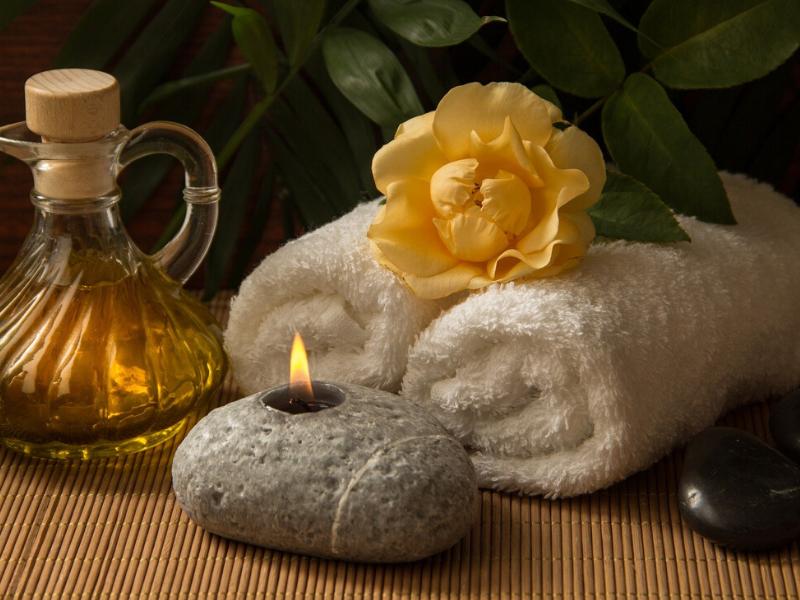
Post cleansing regimen for Basti
- One should avoid all the spicy, pungent and fried, oily, stale foods. He should also avoid overeating.
- After taking Niruha Basti, the patient should immediately take a warm bath and proper rest.
- One should eat a light diet of boiled lentils and grams for a specific period and should follow a routine named Parihara Kaala.
- During this period it is advisable to avoid all physical as well as emotional stress.
- One should avoid sunbathing after this procedure.
- Anuvasan Basti is provided to retain the enema material in the body. Therefore, sleeping for 7-8 hours in lateral position after Anuvasan is advised. This allows the medicated oil or Ghrita to get absorbed in the body channels.
So, these are the main Panchakarma treatments that are beneficial for maintaining and improving your health. Besides, it also eliminates various diseases from the body. A well-administered Panchakarma therapy helps restore metabolic fire (Agni), eliminates toxins, assists balance all three doshas. It also helps implement a healthy diet and lifestyle. Other than these, you can always book a consultation session at Aanya Wellness to get personalized and preventive healthcare solutions that will suit you best. We truly hope this article was helpful and can give you a guide of Ayurvedic approach for a healthy mind and body.
How effective is Panchakarma treatments?
The treatment is highly effective. It improves the overall health as well as promotes self-healing quotient of the body.
How long does Panchakarma treatment take?
These treatments are very intensive and designed very thoroughly. Thus it can take a minimum of 7 days and may last as long as 21 days.
Can I do Panchakarma treatments at home?
The answer would be yes, it can be conducted at home. Although it is preferable to get the treatment at a ayurvedic centre by expert supervision.
How many times this treatment can be done?
Getting this treatment once a year would be alright.
Is Panchakarma treatment good for weight loss?
The answer to this question would be yes. Panchakarma includes many treatment procedures, and some of which can be used for even weight loss.
